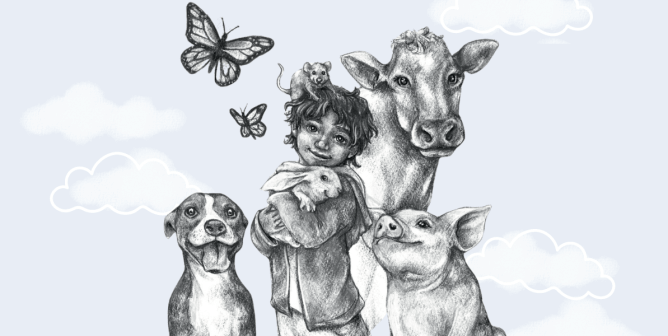Teacher Spotlight: Meet Dennis Yong
The Teacher Spotlight highlights the work of various humane educators, giving them a chance to share their stories and tips and inspire other compassionate teachers like you to take action for animals through education.

Meet Dennis Yong, a high school educator who’s been instilling compassion for animals in his students throughout his years of teaching. He’s an environmental science teacher and the adviser for his school’s environmental club—and he goes above and beyond when it comes to teaching students about the impact that their food choices and other lifestyle choices have on the well-being of animals and the planet.
Dennis also teaches biology and ended the use of animal dissection in his curriculum in favor of superior, animal-free methods. He talks with his students about the reasons why exploiting animals for education violates the Golden Rule. His environmental club regularly discusses the huge impact that meat consumption has on animals and the environment, and it hosts outdoor clean-ups to pick up trash that’s affecting local wildlife.
It’s no surprise that Dennis was a runner-up in last year’s TeachKind Teacher Appreciation Contest! He’s taken the time to answer some questions for us, below.
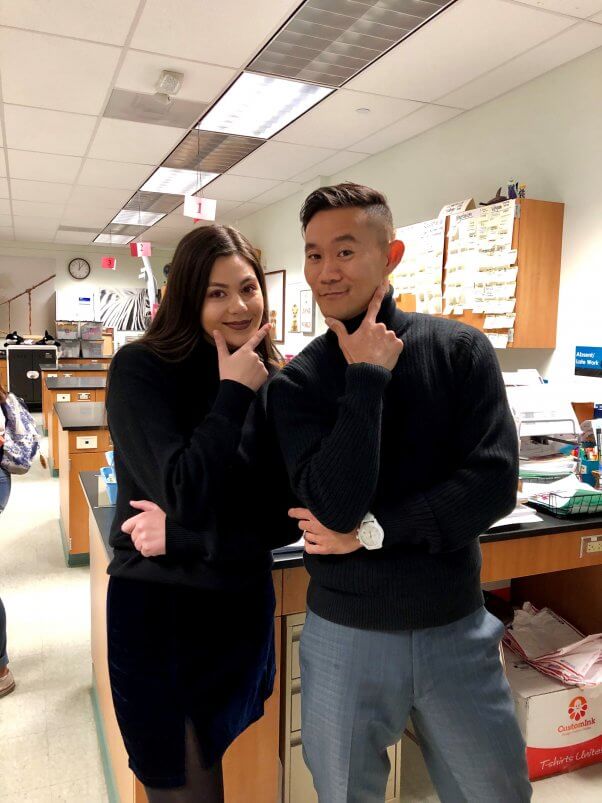
How does compassion for animals fit into your classroom curriculum?
As an AP environmental science teacher, I want my students to understand how the Earth, humans, and other animals are deeply connected. The way we view the Earth and animals is linked to the way we treat each other. As we strive to achieve a more just world, we must view and treat animals as sentient beings, not as commodities or resources. In my classes, I try to help my students develop compassion toward animals and other human beings and to understand the scientific principles of nature. There are some activities (the “Compassion Challenge,” “Save an Animal Lost in Your Home,” and visiting a local shelter) that I use throughout the year to encourage students to become activists for animals.
For those who are unfamiliar with it, tell us about the “Compassion Challenge.” What is it, and how does participating in it look in your classroom?
During our agriculture unit, we do a “Compassion Challenge.” This is when students shift to vegan or vegetarian eating. We do this after studying the effects of animal agriculture on the environment, on our health, and, most importantly, on animals themselves. We also view Cowspiracy as part of the unit (and Earthlings as extra credit). Students learn about healthy alternatives to meat and ingredients that they can use in lieu of animal-derived ones. They put their name on a badge along with their commitment (going vegetarian, vegan, or meatless on certain days), and after each month, they get a sticker on their badge. Many students do quite well and are able to make a positive change to their way of eating and also attempt to influence their friends and families to do the same.
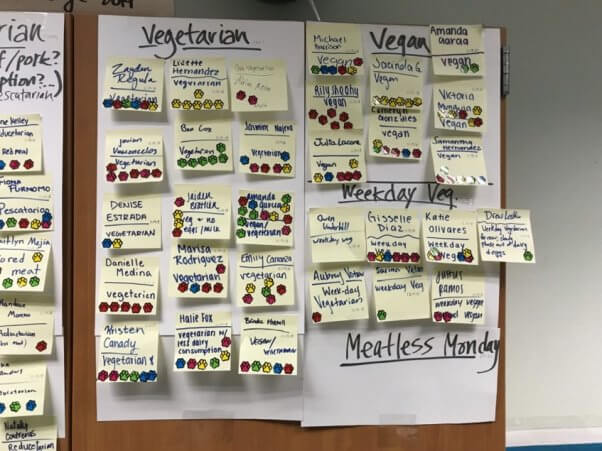
What is another notable assignment you’ve done in the classroom to inspire compassion for animals?
Another assignment we do to cultivate compassion for animals is “Save an animal lost in your home.” For this one, students are asked to film themselves capturing a bug trapped inside their house and then releasing them. We learn in class the importance of animals in the ecosystem and, more importantly, that they can be stressed when they’re lost and unable to go to their natural habitat. Students use a cup and a piece of paper to catch and release them. They then upload the video and share it with other students. I shared this with PETA, and the group actually made a video compilation out of it. (Super-cool!) Whenever we can, we must do the right thing. Instead of killing insects as many do, we simply catch them and release them outside, allowing them freedom. Many students who weren’t inclined to be near animals found themselves less scared and expressing how good it felt to help these small beings. This practice is also posted as one of the lessons on TeachKind. Yay!
https://www.youtube.com/watch?v=zCIrb64ByPc
How did you inspire students to carry over that compassion outside the classroom?
During the end of February, an extra-credit assignment was offered to students. This one asked them to visit a local animal rescue or shelter. The goal was for the students to be introduced to animals there and to adopt one, rather than purchasing one from a breeder, if they decide to bring an animal into their home in the future. Students enjoyed this visit, and one even adopted a rabbit. Many others stated that they will always look for animals to adopt, perhaps when they’re in college or beyond. They learned that they’re saving lives by adopting. I explained to them that I adopted my cat from the shelter, and 11 years later, she is still with me.
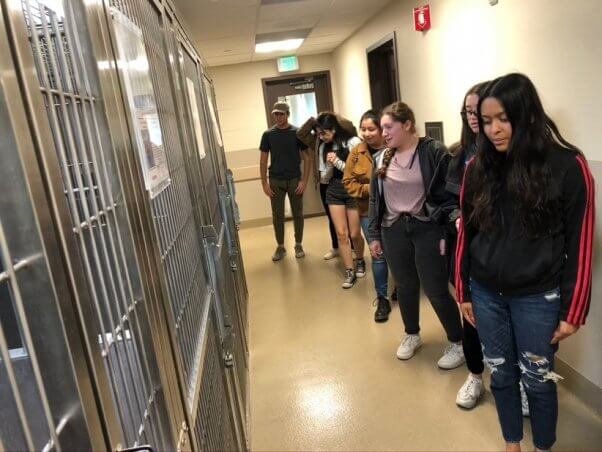
What is the one thing that you hope students will take away from your class?
One of my goals in this class is for students to understand and appreciate nature, especially animals. And the way we can respect animals is to refrain from eating them or causing them any harm (directly or indirectly). By learning about the environmental, ethical, and health impacts of consuming animals, many have learned to eat more compassionately and never to hurt an animal intentionally. They also learned that one simple way to help save animals is to adopt from a shelter.
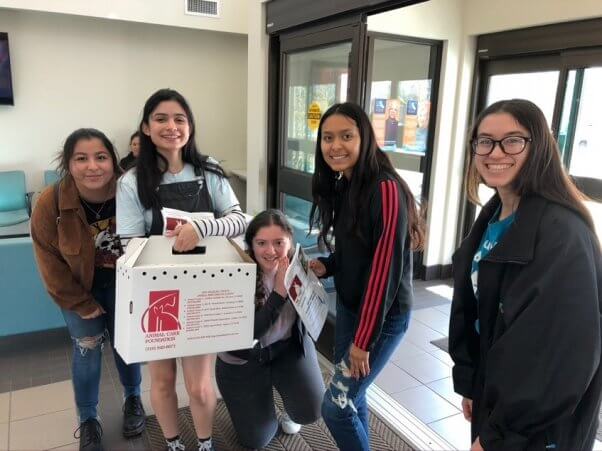
*****
Inspired to start teaching compassion for animals in your classroom? TeachKind will walk you through every step of the process and provide free resources along the way.
Fill out the form below to sign up for TeachKind News.
By submitting this form, you’re acknowledging that you have read and agree to our privacy policy and agree to receive e-mails from us.


